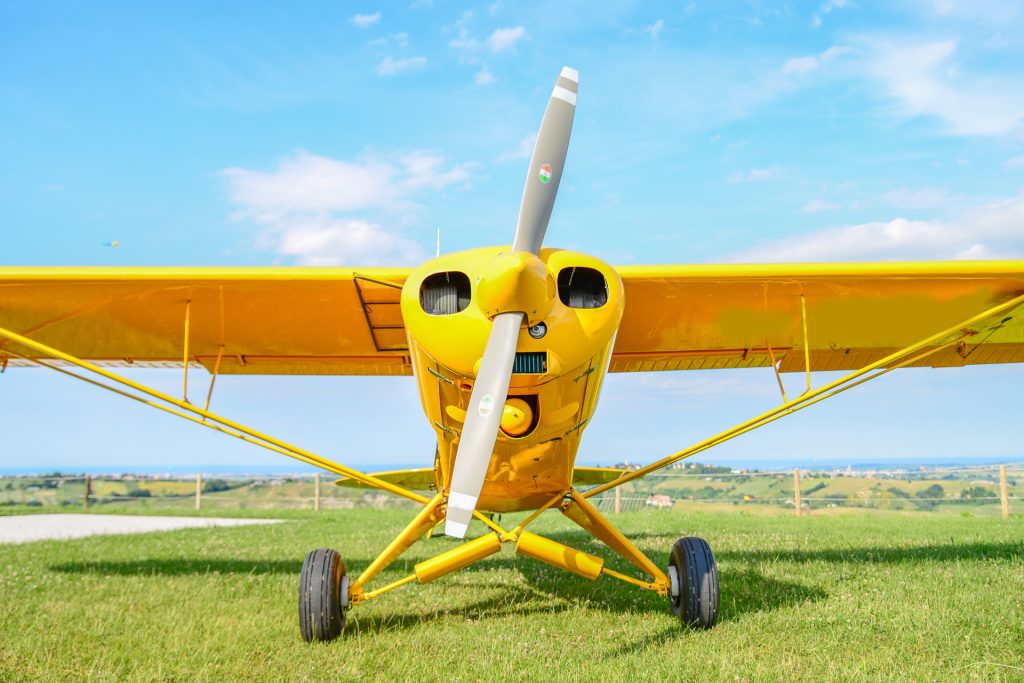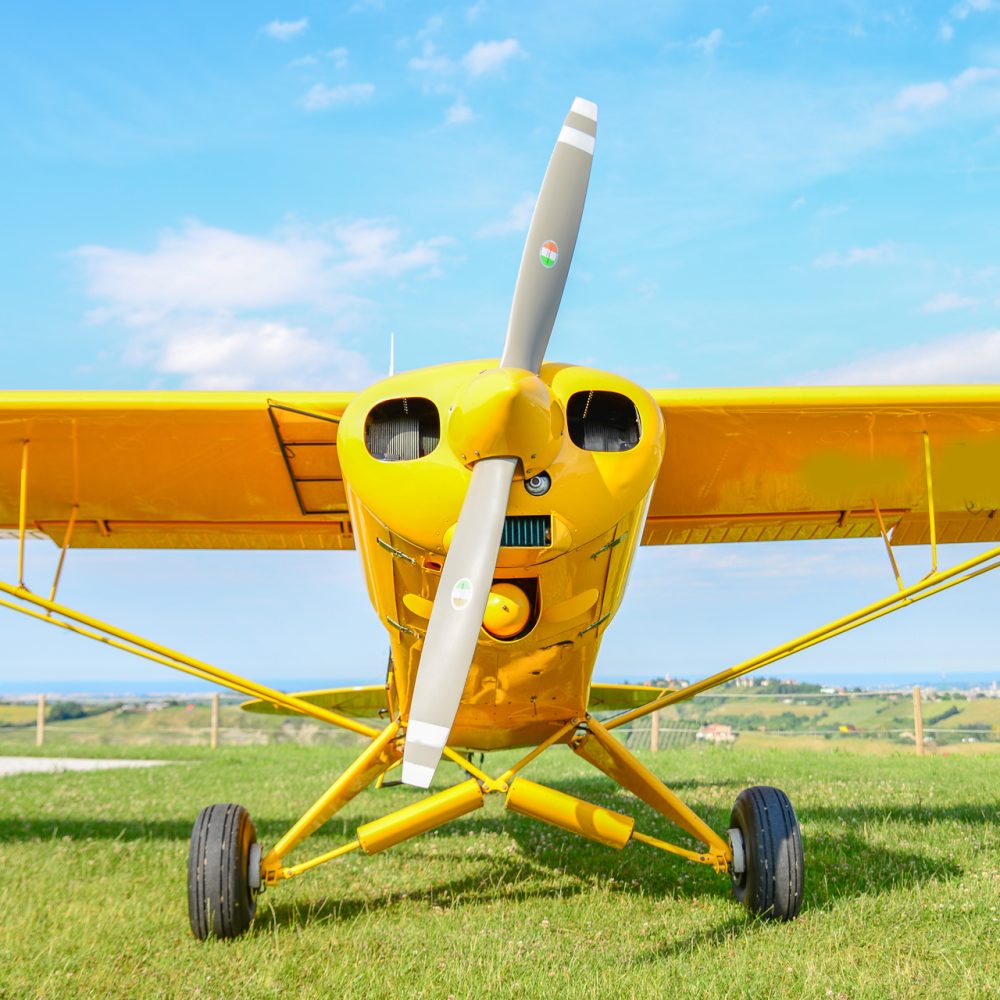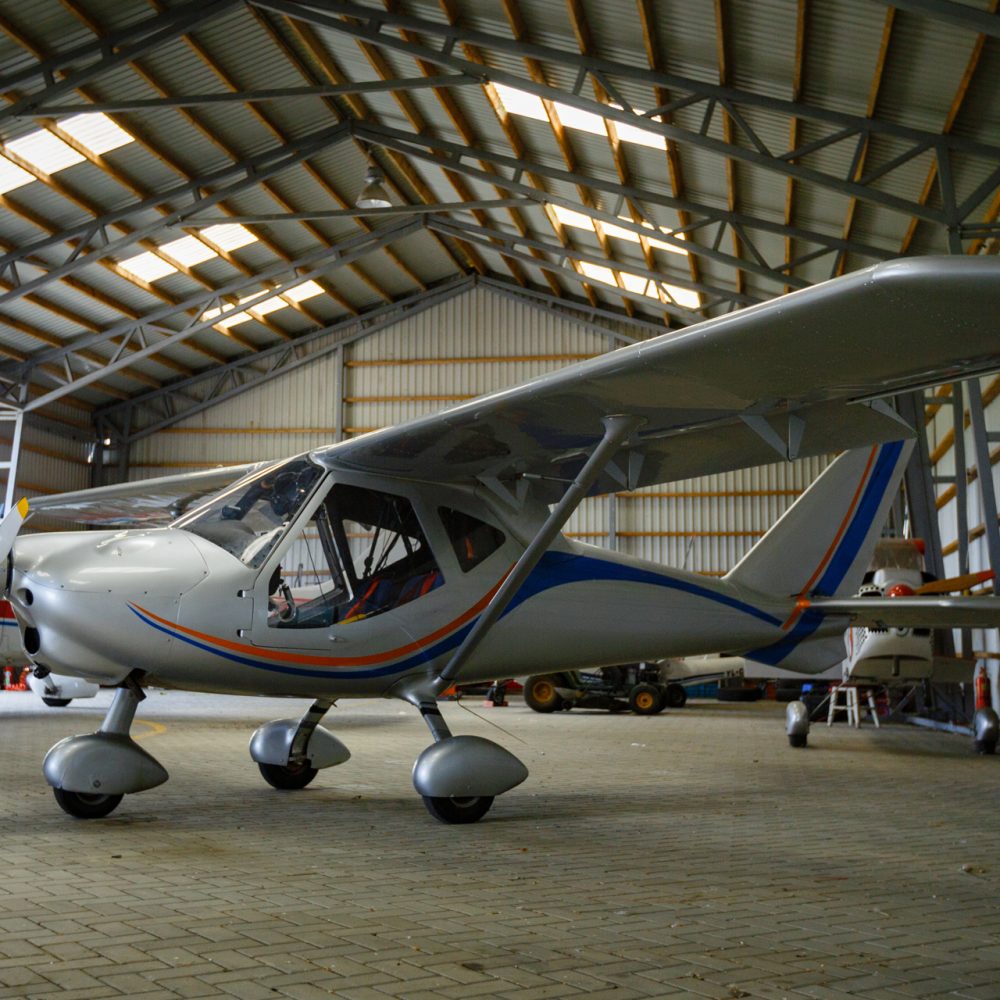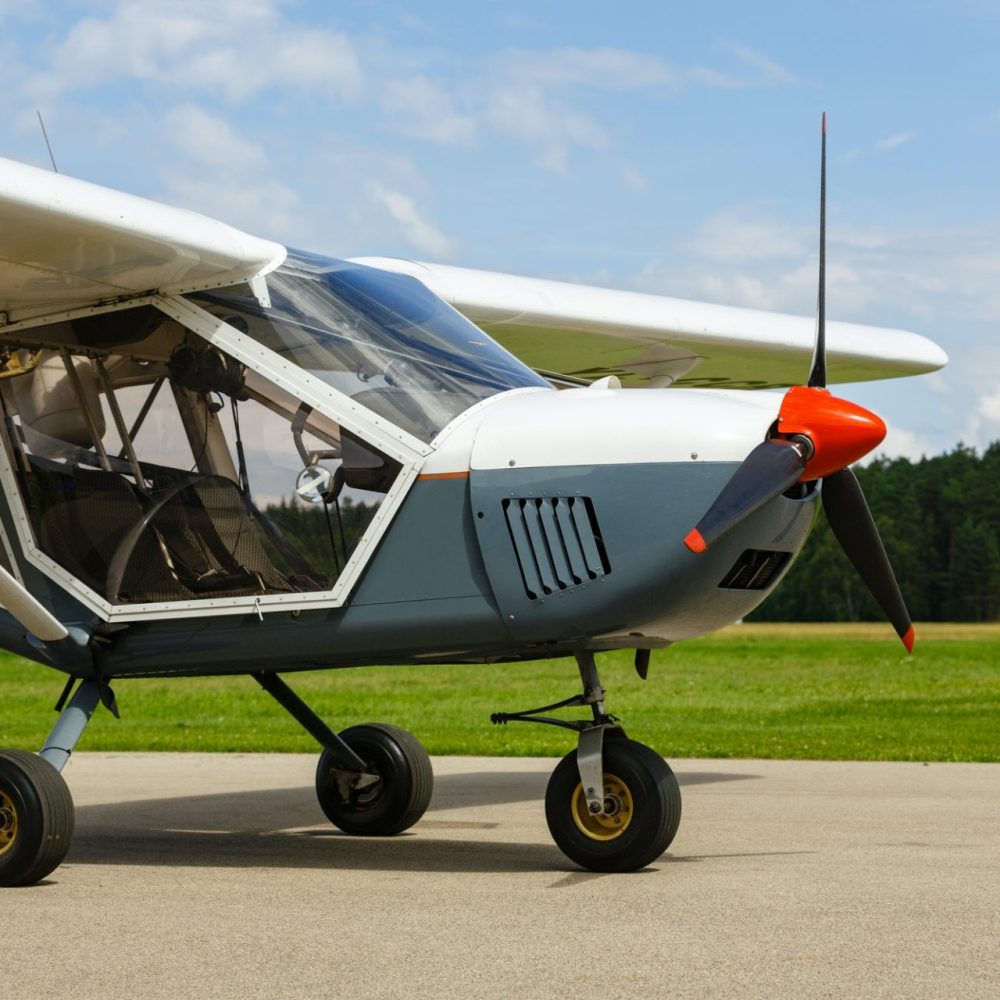- Jl. Raya Renon No.88, Bali 80571
- [email protected]
- Opening : Mon-Fri 08:00 - 17:00
Buy Planes
Lorem ipsum dolor sit amet, consectetur adipiscing elit. Ut elit tellus, luctus nec ullamcorper mattis, pulvinar dapibus leo.
- Home
- About Us

Fly Away Today!
PA30 Turbo Twin Comanche
YEAR: 1969
MAKE: Piper Aircraft Corporation
MODEL: PA30 Turbo Twin Comanche
REG NUMBER: G-BZRO
AIRCRAFT TYPE: Twin
AIRFRAME HOURS: 4330 (+/- 5hrs)
ENGINE MAKE: 2x LYCOMING IO-320-C1A
ENGINE HOURS: LH 82 RH 2080 82 STOH (+/- 5hrs)
ENGINE OVERHAULED: LH 07/2020 RH 07/2020
PROP HOURS: LH 30 RH 30 (+/- 5hrs)
PROP MAKE: HARTZELL HC-E2YL-2BSF/F7663-6Q
PROP OVERHAULED: 10/2022
PRICE: £82,000.00 GBP
LAST ANNUAL: Due next 01/11/2024
LAST ARC: Due next 15/10/2024
EMPTY WEIGHT: 1237 kgs (2727 lbs)
MTOW: 1690 kgs (3725 lbs)
Details
Sky Rebels exclusively bring to the market this beautiful Turbo Twin Comanche powered by two Lycoming IO-320-C1A four cylinder 160 HP fuel injected turbonormalised engines.
G-BZRO, currently located at Staverton Airport, Gloucester, benefits from a zero timed engine overhaul on the port engine and a full top end overhaul on the starboard engine with less than 100hrs run time since. The port turbo was overhauled and the starboard inspected during engine overhaul. The propellors have been overhauled in 2022 and have only 30hrs on them since overhaul.
This aircraft is the perfect touring aircraft being fully IFR equipped and fast with the peace of mind of two engines.
The Piper PA-30 Twin Comanche is an American twin-engined cabin monoplane designed and built by Piper Aircraft. It was a twin-engined development of the PA-24 Comanche single-engined aircraft.
A complex light twin, with retractable landing gear, seating up to 6 in this later C model that has the facility to insert two extra seats in the luggage area with the addition of extra windows (seat included), and cruise speeds ranging from 160-210 mph on twin 150-160 horsepower engines, it competed with the more-powerful Cessna 310 and Beech Baron, and later with Piper’s other light twins.
The Twin Comanche was designed to replace the Piper Apache in the company’s lineup of products. The prototype was converted from the single-engined Comanche by Ed Swearingen who at the time operated a facility that specialised in the modification of production aircraft. A Comanche was modified with two 4-cylinder 160 hp (120 kW) Lycoming IO-320-B1A engines and first flew at San Antonio, Texas on 12 Apr 1961. The design was designated the PA-30 on the March 17, 1962 and named the Twin Comanche. The prototype (registered N7000Y) was built at Lock Haven and first flew on November 7, 1962. FAA Type approval was awarded on February 5, 1963, the first production aircraft was completed on April 2, 1963 and the first delivery made on July 15, 1963.
The Twin Comanche was produced on the same Lock Haven, Pennsylvania, production line as its single-engined cousin; production ceased when the factory was flooded in 1972. Piper chose at that time to focus on its equally popular Cherokee 140/180/235/Arrow line, manufactured in Florida.
The added benefit of the turbonormailsed engines vs turbocharged engines, means that the manifold pressure is maintained at higher altitudes in a slightly different way to ensure power and thus cruise speed is kept without the need of boosting the engines (beyond manifold sea level pressures) which inadvertently increases engine loads but to maintain sea level manifold pressures at altitude.
Romeo Oscar has had various upgrades and improvements whilst in its current ownership for the last 23 years. Some of these include the common smaller nose wheel for better visibility whilst taxiing as well as clearance in the nose wheel gear bay, Knots2U wing root fairings and flap gap seals increasing the cruise speed by a reported 3-5 knots whilst decreasing the stall speed and increasing the climb performance.
Furthermore, a set of LoPresti upgrades fitted to the flap track covers. Three on each flap not only clean up the aerodynamics, but more importantly, they help keep dirt and debris from getting caught up in the flap tracks.
You may have noticed the propellers look a little different to a conventional blade, if there is such a thing. No its not a prop strike! These Q Tip props have a huge benefits increasing interference drag and disbanding vortices. The greater the bend angle, to a point, the greater the reduction of propeller drag. The reduction in induced drag exceeds the increase in interference drag, which is parasitic drag. The benefits are increased thrust due to less drag, greater performance due to more increased thrust and decreased drag, and reduced fuel burn.
Another added benefit of Q-Tip propellers is a reduction of propeller noise. Often overlooked, propeller tip vortices are the main culprit for propeller noise. By eliminating propeller tip vortices, you decrease the overall noise of the aircraft.
Additionally, the bends of the Q-Tip propellers increase ground clearance and therefore decrease the chances of a propeller striking foreign objects.
All AD’s & SB’s complied with and a full set of aircraft logs.
- Total Fuel 120USG (100 imp galls)(454lts)
- 170-180mph cruise
- Approx 16.5GPH (14 imp galls)(63lts)
- Approx 7hr endurance at cruise
- Approx 1100nm Range
- 200lb (20 cu in) baggage compartment
- Interior: Cream Leather (with brown seat covers)
- Exterior: Yellow and White with Black Trim.
- Garmin GTN 650 (8.33 Spaced) NAV/COMM
- Becker AR6201 (8.33 Spaced) COMM
- Becker NR3320 NAV
- Garmin GMA 340 Audio Panel
- Garmin GTX 330 Mode S Transponder
- Becker AD2070 Automatic Direction Finder (ADF)
- Bendix King KN64 Distance Measuring Equipment (DME)
- Stormscope BFG WX-900
- Horizontal Situation Indicator (HSI)
- Altimatic II Autopilot (2x Axis)
- Vertical Speed Indicator (VSI)
- Air Speed Indicator (ASI)
- Attitude Indicator (AI)
- 2x Altimeters
- RPM Gauges
- Fuel Flow Indicators
- Manifold Pressure Gauges
- Cylinder Head Temperature Gauges
- NAV Lights
- Wing Tip Landing Lights
- Nose Wheel Landing Light
- Leading Edge Light
- Prop de-ice
- Oxygen and 4-place outlets
- Wing Tank STC
- Tip Tanks
- 2 x Alternators (rather than dynamos)
- Emergency battery backup
- Single Piece Windscreen
- Tow Bar
- Aircraft covers
- Engine and Airframe Spares & Accessories (available by separate negotiation)
Interior – 5/10
Exterior – 5/10


Aircraft Managed

UK Airfields & Landing Sites
Years Experience
SKY REBELS
Buy Planes
Lorem ipsum dolor sit amet, consectetuer adipiscing elit. Aenean commodo ligula eget dolor. Aenean massa. Cum sociis natoque penatibus et magnis dis parturient montes, nascetur ridiculus mus.

Cessna 150
Two-seater plane that is perfect for beginners. Fuel-efficient. Economical to fly. Range of up to 500 miles,


Piper PA-28
Ever popular four-seater plane. Easy to maintain. Top Speed 141MPH. 700 Mile range


Hapi Cygnet
Honest, straightforward, and enjoyable. 30 ft (9.1 m) span wing. Baggage compartment with a limit of 70 lb (32 kg)
